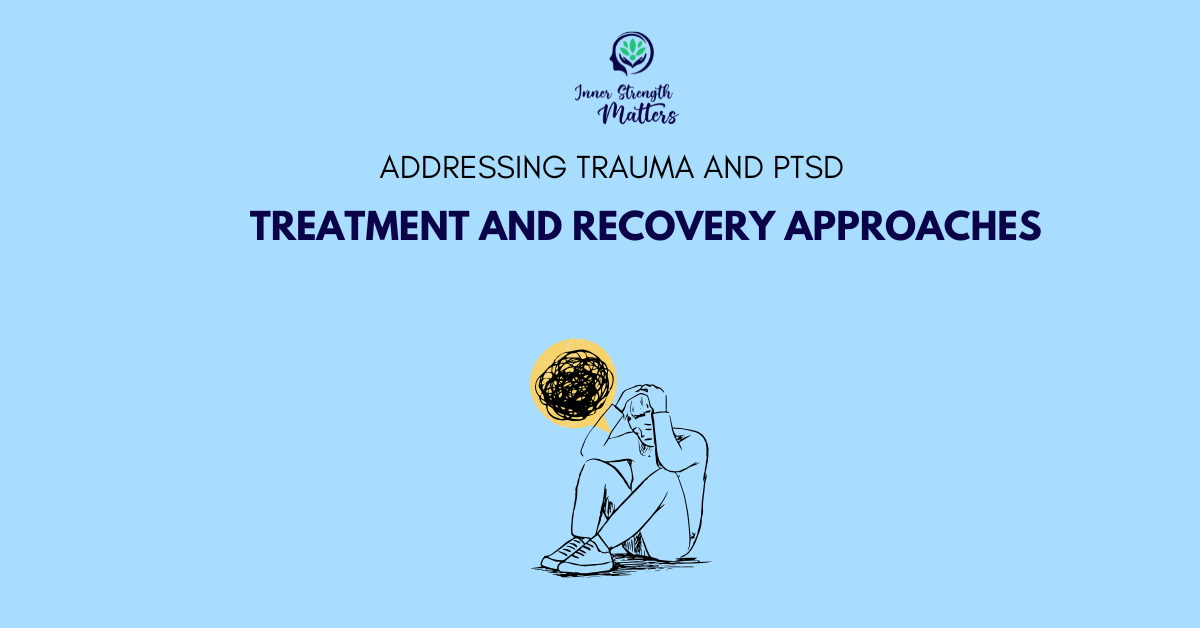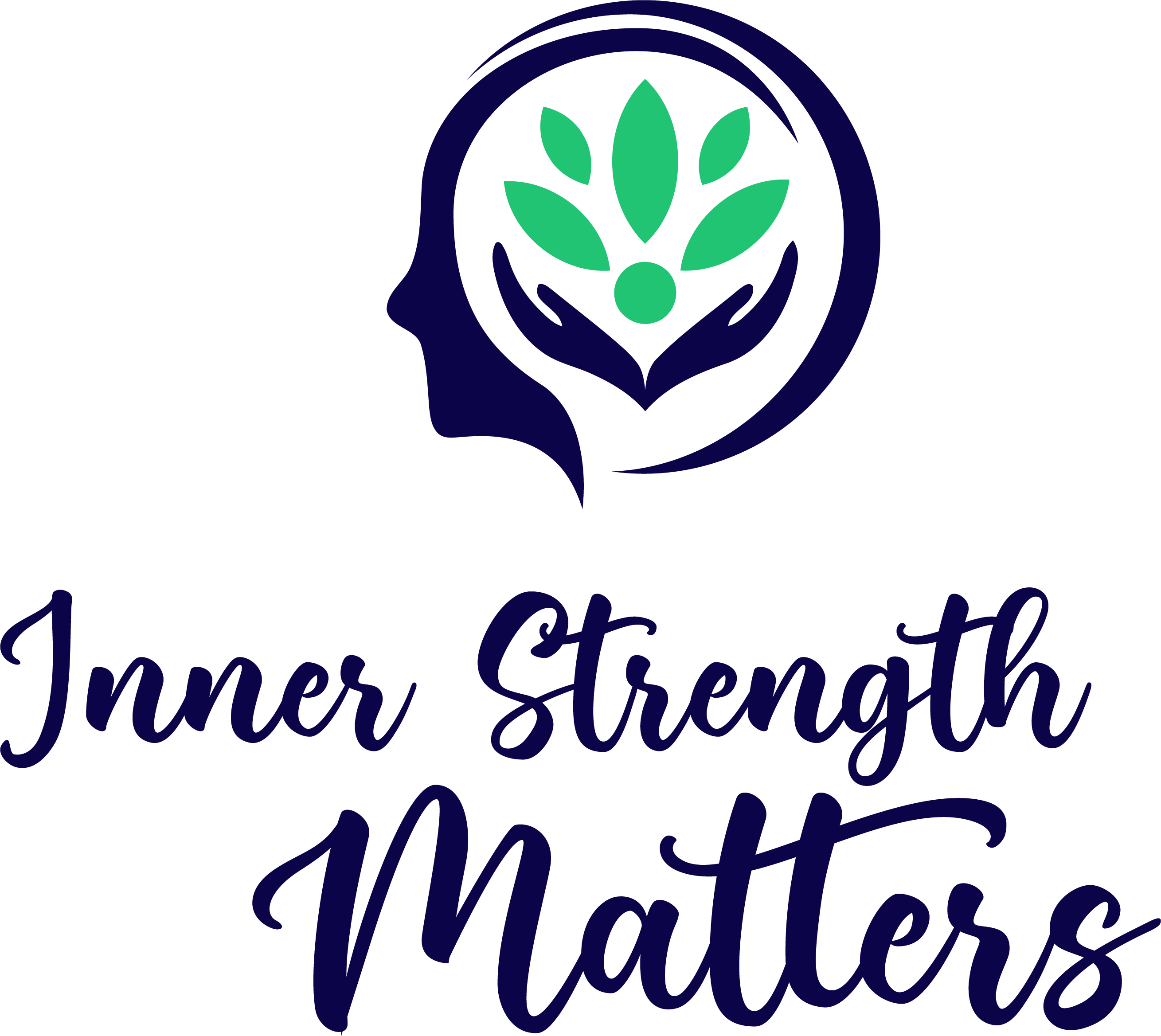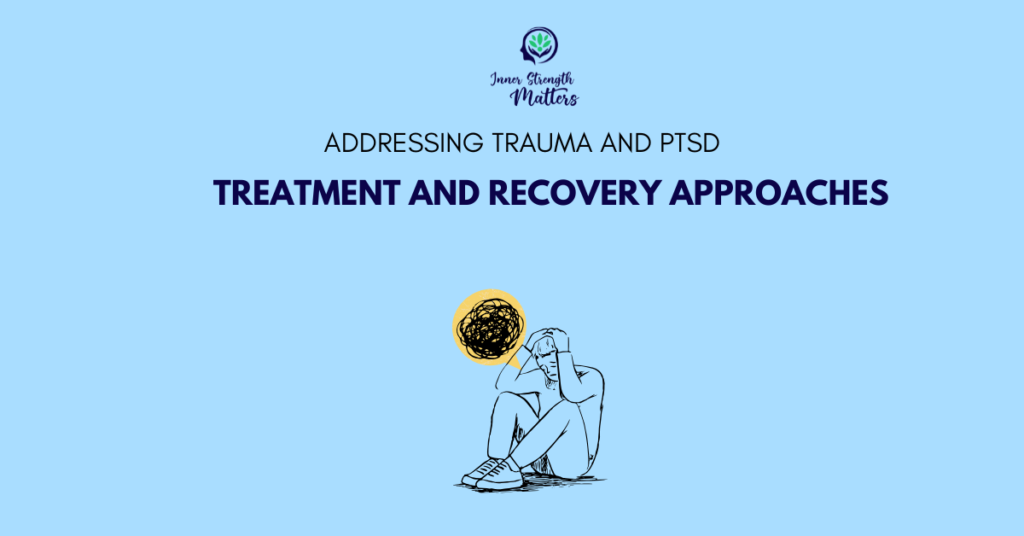Trauma has a way of leaving its imprint—not just on the mind, but on the body, behavior, and sense of self. While some experiences might seem like a distant memory for one person, the same event can shake the very core of another. This isn’t a sign of weakness, but a reflection of how deeply trauma interacts with our individual experiences, history, and biology. As someone who has worked closely with individuals navigating the impact of trauma and PTSD, I want to share insight into how we can understand these reactions and take real steps toward recovery.

Understanding Trauma and Its Impact
Trauma can arise from a wide range of experiences—accidents, violence, natural disasters, medical procedures, emotional neglect, or prolonged exposure to distressing situations. What defines a traumatic event isn’t just the event itself, but the emotional response it triggers. If an experience overwhelms a person’s ability to cope and creates a lasting sense of fear, helplessness, or horror, it can leave a trauma imprint.
Post-Traumatic Stress Disorder (PTSD) can develop when the mind continues to relive or respond to the trauma long after the danger has passed. This might look like flashbacks, nightmares, hypervigilance, emotional numbness, or avoidance behaviors. Not everyone who experiences trauma will develop PTSD, but for those who do, it can feel like they are living in a constant state of alert, even in safe environments.
Recognizing the Signs of Unresolved Trauma
Unresolved trauma often manifests subtly at first. Sleep disturbances, irritability, difficulty concentrating, and a sense of detachment from others are common indicators. For some, trauma leads to emotional reactivity—feeling overwhelmed by seemingly small triggers. For others, it creates a numbness or disconnection that’s hard to explain.
You might notice changes in how you relate to others—difficulty trusting, heightened sensitivity to criticism, or withdrawing from relationships altogether. Some people turn to unhealthy coping mechanisms such as substance use, overworking, or self-isolation in an attempt to manage the internal chaos.
It’s important to understand that these responses are not flaws or signs of failure. They are adaptive survival strategies that once helped you endure a threatening situation. The key lies in gently reprogramming these responses so they no longer control your life.
PTSD Treatment Options:
The journey of recovery is deeply personal, and no single method fits everyone. Fortunately, there are multiple evidence-based approaches to healing trauma and PTSD. At the heart of all these methods is the idea of creating safety—both internally and externally.
Therapeutic Support:
Professional guidance can be transformative. Psychotherapy options such as Cognitive Behavioral Therapy (CBT), Eye Movement Desensitization and Reprocessing (EMDR), and somatic therapies have shown significant success in helping individuals process trauma. These approaches aim to help the brain reframe traumatic memories, reduce emotional reactivity, and promote resilience.
Body-Centered Healing:
Because trauma often lives in the body, therapies that incorporate physical awareness—like somatic experiencing, yoga, and breathwork—can help release stored tension and reconnect individuals with their bodily sensations in a safe way.
Mindfulness and Grounding:
Learning to stay present can reduce the grip of traumatic memories. Grounding techniques, such as focusing on physical sensations, identifying safe people or spaces, or using calming affirmations, are tools you can use anytime to regain a sense of control.
Medication:
For some, medication may provide relief from symptoms like anxiety, depression, or sleep disturbances. While not a cure, it can be a helpful part of a comprehensive treatment plan.
Creative Expression:
Art, music, dance, and writing can offer powerful, non-verbal outlets for emotional release. Expressing the unspeakable in creative ways can validate your story and foster healing
Support Systems Matter
No one should have to heal in isolation. Safe, nurturing relationships are a protective factor against the long-term effects of trauma. Whether it’s a therapist, a support group, a trusted friend, or a spiritual practice, connecting with something greater than yourself can provide the anchor needed in turbulent times.
However, it’s also okay to be selective about where you seek support. Not everyone will understand your experience, and that’s alright. Surround yourself with those who listen without trying to fix, who offer empathy rather than advice.
Conclusion
Healing from trauma is a journey that requires patience, self-compassion, and the right support. While the effects of trauma and PTSD can feel overwhelming, recovery is always possible. Each step taken toward healing—whether through therapy, mindfulness, or support networks—brings you closer to reclaiming your sense of self.
Remember, trauma does not define you. It is a chapter in your story, but not the whole book. With time, resilience, and the right resources, you can move forward with strength, hope, and renewed purpose. If you or someone you know is struggling, seeking professional support can make all the difference. You are not alone in this journey.

